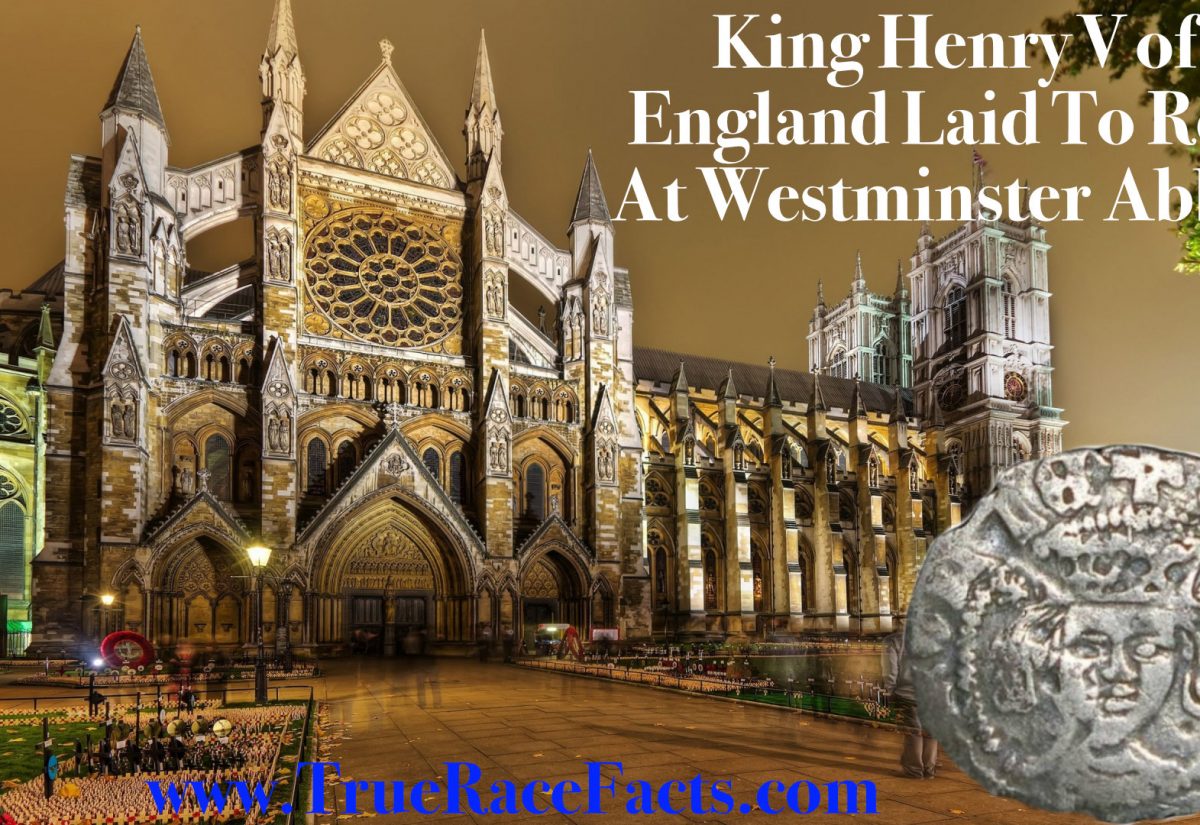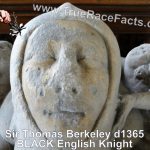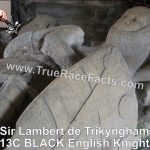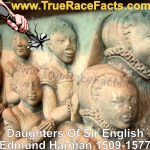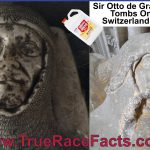1413c. Henry V King of England & France
- Guinevere Jackson
- 19 August 2022
- 0 Comment
Henry V, (born September 16?, 1387, Monmouth, Monmouthshire, Wales—died August 31, 1422, Bois de Vincennes, France), king of England (1413–22) of the house of Lancaster, son of Henry IV. As victor of the Battle of Agincourt (1415, in the Hundred Years’ War with France), he made England one of the strongest kingdoms in Europe.
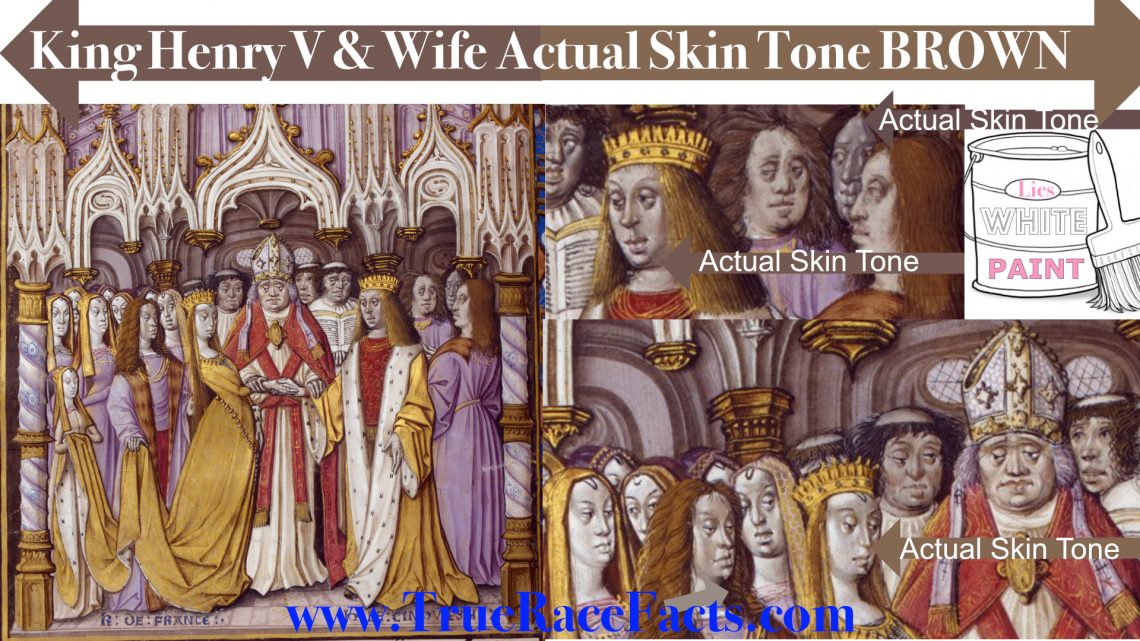
King Henry V on his wedding day to Catherine of Valois of France. I highlight proof that the ancient manuscript has been badly whitewashed to hide their original brown complexion to make them appear Caucasian. I zoomed in and identified their skin tone between the brush strokes with my computer app colour picker. When you look at their facial features, the subjects in the painting were NOT caucasian. They failed to cover up their prominent negro feature and fill in the brush strokes correctly. This iconoclast whitewash is a terrible attempt to deceive the masses. For 15th-century manuscripts to be in this condition, they would have to be restored, but the art restorer has whitewashed the painting in their caucasian likeness.
Early life
Henry was the eldest son of Henry, earl of Derby (afterward Henry IV), by Mary de Bohun. On his father’s exile in 1398, Richard II took the boy into his own charge, treated him kindly, and knighted him in 1399. Henry’s uncle, Henry Beaufort, bishop of Winchester, seems to have been responsible for his training, and, despite his early entry into public life, he was well educated by the standards of his time. He grew up fond of music and reading and became the first English king who could both read and write with ease in the vernacular tongue. On October 15, 1399, after his father had become king, Henry was created earl of Chester, duke of Cornwall, and prince of Wales, and soon afterward, duke of Aquitaine and Lancaster. From October 1400 the administration of Wales was conducted in his name, and in 1403 he took over actual command of the war against the Welsh rebels, a struggle that absorbed much of his restless energy until 1408. Thereafter he began to demand a voice in government and a place on the council, in opposition to his ailing father and Thomas Arundel, archbishop of Canterbury. The stories of Prince Henry’s reckless and dissolute youth, immortalized by Shakespeare, and of the sudden change that overtook him when he became king, have been traced back to within 20 years of his death and cannot be dismissed as pure fabrication. This does not involve accepting them in the exaggerated versions of the Elizabethan playwrights, to which the known facts of his conduct in war and council provide a general contradiction. Probably they represent no more than the natural ebullience of a young man whose energies found insufficient constructive outlet. The most famous incident, his quarrel with the chief justice, Sir William Gascoigne, was a Tudor invention, first related in 1531.
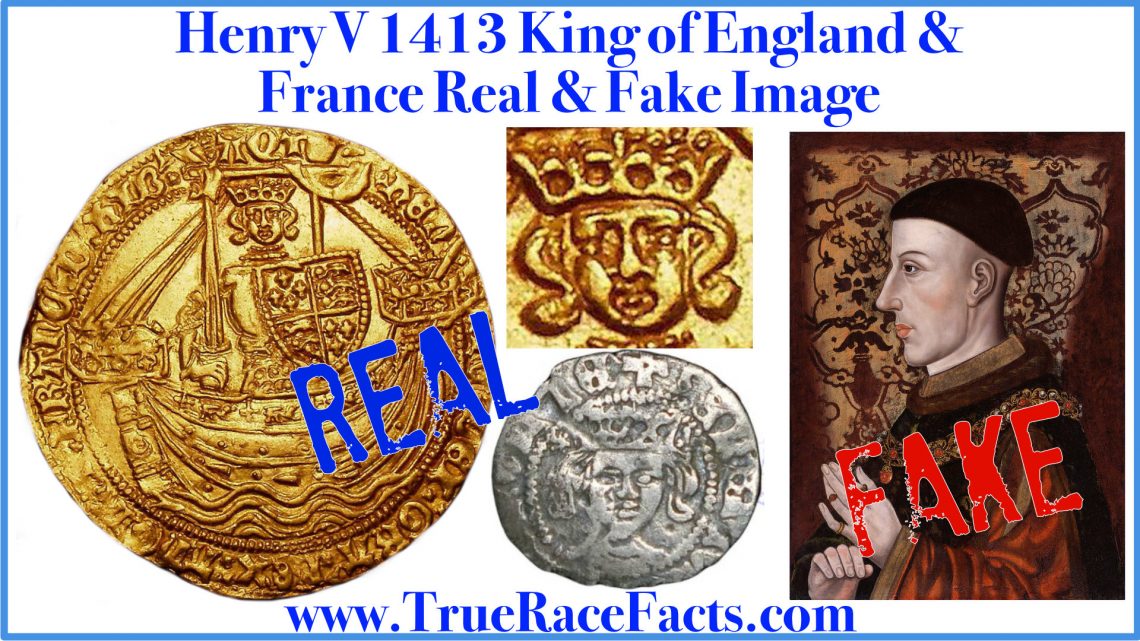
Henry succeeded his father on March 21, 1413. In the early years of his reign his position was threatened by an abortive Lollard rising (January 1414) and by a conspiracy (July 1415) of Richard of York, earl of Cambridge, and Henry, Lord Scrope of Masham, in favour of Edmund Mortimer, earl of March. On each occasion Henry was forewarned and the opposition was suppressed without mercy. Neither incident long distracted him from his chief concern: his ambitious policy toward France. Not content with a demand for possession of Aquitaine and other lands ceded by the French at the Treaty of Calais (1360), he also laid claim to Normandy, Touraine, and Maine (the former Angevin holdings) and to parts of France that had never been in English hands. Although such demands were unlikely to be conceded even by the distracted government of France under King Charles VI, Henry seems to have convinced himself that his claims were just and not a merely cynical cover for calculated aggression. Yet if “the way of justice” failed, he was ready to turn to “the way of force,” and warlike preparations were well advanced long before the negotiations with Charles, initiated during the reign of Richard II, were finally broken off in June 1415.

The French wars
His first campaign brought the capture of Harfleur (September 1415) and the great victory of Agincourt (October 25, 1415). This resounding triumph made Henry the diplomatic arbiter of Europe: it won him a visit (1416) from the Holy Roman emperor Sigismund, with whom he made a treaty of alliance at Canterbury (1416) and whose influence was used to detach Genoa from its naval alliance with France. The cooperation of the two rulers led directly to the ending of the papal schism through the election of Martin V (1417), an objective that Henry had much at heart. Thereafter he returned to the long, grim war of sieges and the gradual conquest of Normandy. Rouen, the capital of northern France, surrendered in January 1419, and the murder of Duke John of Burgundy in September 1419 brought him the Burgundian alliance. These successes forced the French to agree to the Treaty of Troyes on May 21, 1420. Henry was recognized as heir to the French throne and regent of France, and Catherine, the daughter of Charles, was married to him on June 2. He was now at the height of his power, but his triumph was short-lived. His health grew worse at the sieges of Melun and Meaux, and he died of camp fever at the château of Vincennes in 1422.
Character and ability of Henry V
Henry’s character is by no means wholly admirable. Hard and domineering, he was intolerant of opposition and could be ruthless and cruel in pursuit of his policy. His lack of chivalrous qualities deprives him of any claim to be regarded as “the typical medieval hero.” Yet contemporaries united in praising his love of justice, and even French writers of his own day admired him as a brave, loyal, and upright man, an honourable fighter, and a commanding personality in whom there was little of the mean and the paltry. Although personally lacking in warmth, he had the capacity to inspire devotion in others, and he possessed high qualities of leadership. His piety was genuine, and on his deathbed he expressed a last wish that he might live to rebuild the walls of Jerusalem in a new crusade. In respect of ability, he must rank high among English kings. His achievement was remarkable: it has been rightly observed that “he found a nation weak and drifting and after nine years left it dominant in Europe.” The tragedy of his reign was that he used his great gifts not for constructive reform at home but to commit his country to a dubious foreign war. His premature death made success abroad unlikely and condemned England to a long, difficult minority rule by his successor.
“Happy art thou, O Israel: who is like unto thee, O people saved by the LORD, the shield of thy help, and who is the sword of thy excellency! and thine enemies shall be found liars unto thee; and thou shalt tread upon their high places.”
Deuteronomy 33:29 KJV
Article Citation: Saul, Nigel. “Richard II”. Encyclopedia Britannica, Coins Castle CC BY-SA 3.0 File:Vincennes – Chateau 02.jpg Selbymay – Gold coin londoncoins.co.uk sold for £36,000 – Manuscript: The British Library Catalogue of Illuminated Manuscripts Marriage of Henry V and Catherine of Valois Royal 20 E vi, f. 9
Disclaimer: True Race Facts have made the long overdue honest determination that the King was dark brown, aka BLACK of the Hebrew, Shemitic negro race. Based on his facial phenotype, lips and thick braided hairstyle. Authentic original coins are the most accurate determination to identify the King because he would have approved the coins before they were hammered and issued. There are many ancient FAKE coins on the market, so beware when looking at coins. The deceivers made it their mission to cover up the dark ages, so even history should now be considered pseudo-history.


